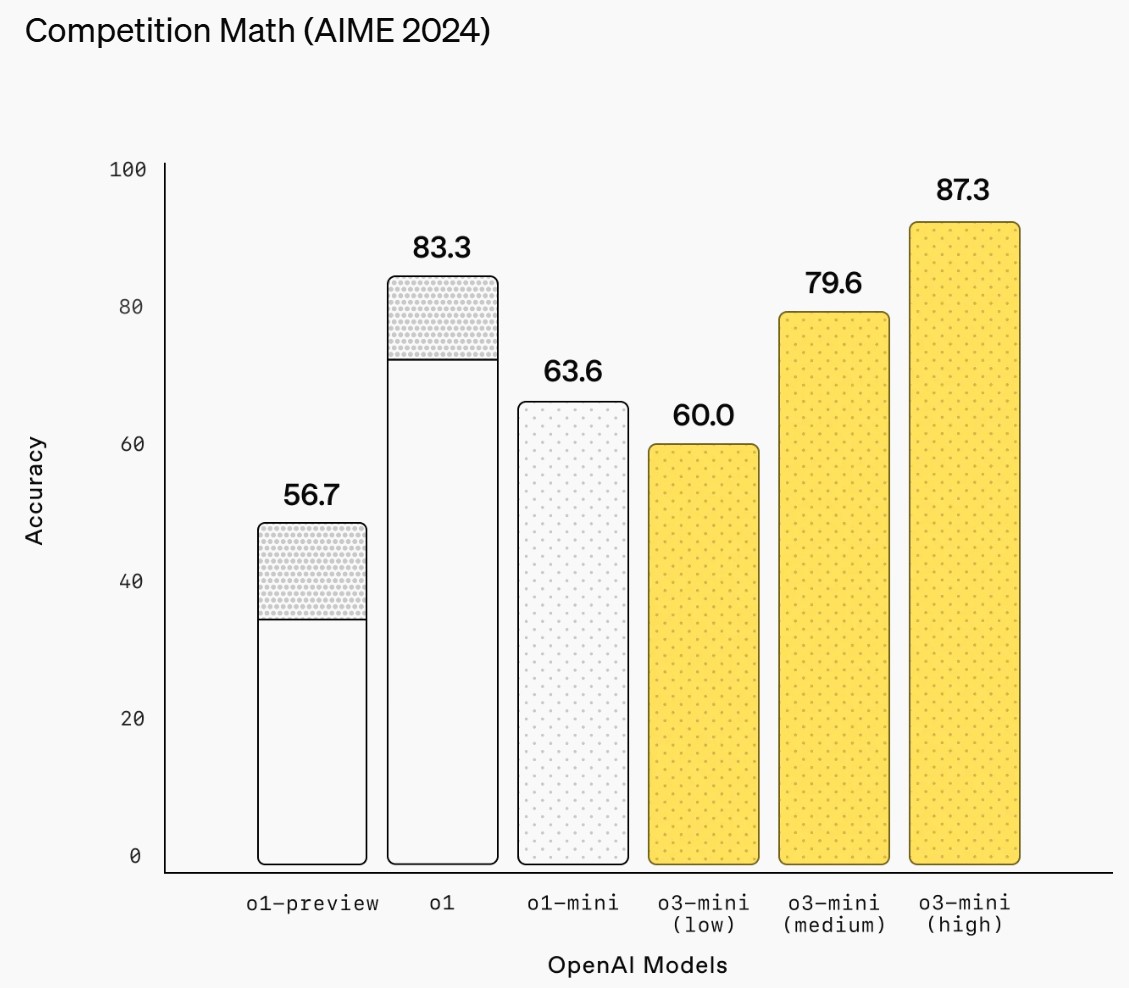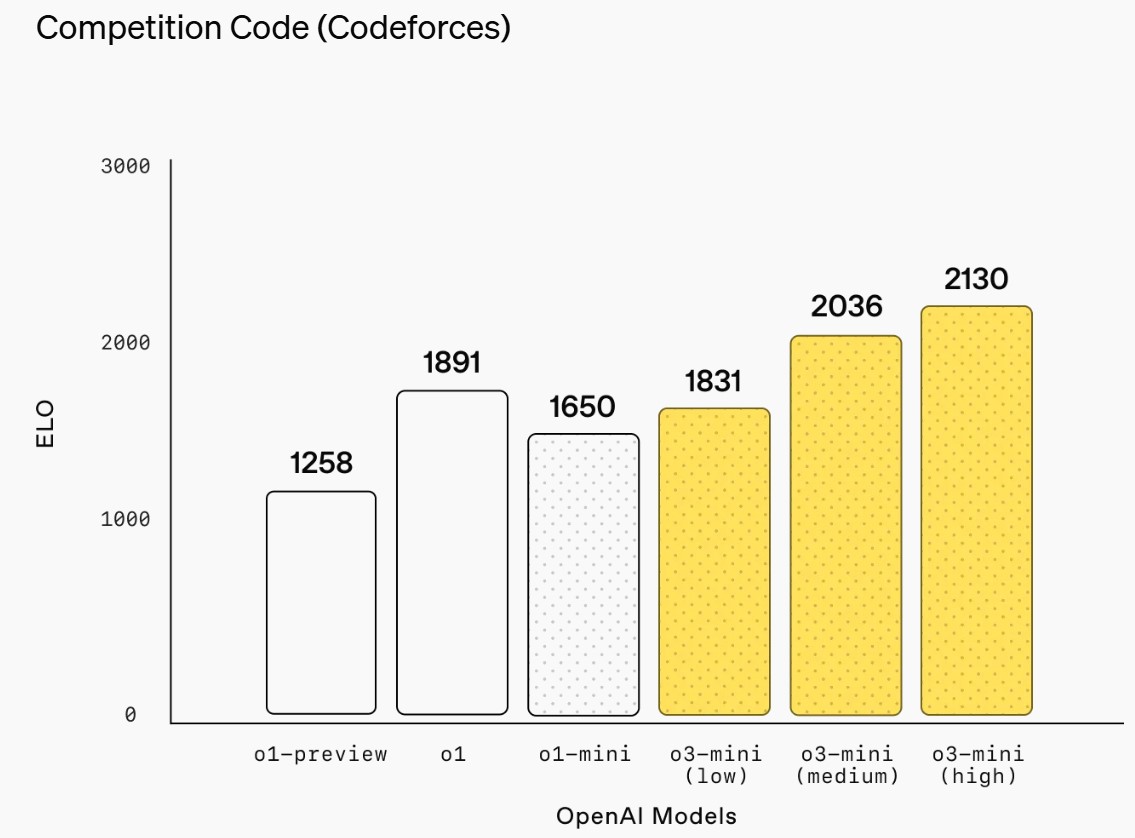BREAKING NEWS
LATEST POSTS
-
How to Create and Sell Profitable Online Courses: Step-by-Step Guide
https://www.learnworlds.com/how-to-create-an-online-course/
-
-
- Step 3. Understand your Audience
- Step 4. Write Down Your Learning Objectives
- Step 5. Create a Storyboard
- Step 6. Decide Where You’ll Host Your Online Course
- Step 7. Create Your Content
- Step 8. Select a Business Model
- Step 9. Create a Course Page that Converts
- Step 10. Build a Course Sales Funnel
- Step 11. Engage in Ongoing Marketing
-
-
-
Pika.art – an AI for creating videos from stills
“It converts simple text instructions into captivating videos, in seconds.
The story behind this AI is fascinating: A team of four engineers, led by Demi Guo and Chenlin Meng, was born with a clear vision: to transform video creation.
After raising $55 million, Pika Labs initially focused on Japanese anime-style animations before expanding into 3D animation” -
DiffusionLight: HDRI Light Probes for Free by Painting a Chrome Ball
https://diffusionlight.github.io/
https://github.com/DiffusionLight/DiffusionLight
https://github.com/DiffusionLight/DiffusionLight?tab=MIT-1-ov-file#readme
https://colab.research.google.com/drive/15pC4qb9mEtRYsW3utXkk-jnaeVxUy-0S
“a simple yet effective technique to estimate lighting in a single input image. Current techniques rely heavily on HDR panorama datasets to train neural networks to regress an input with limited field-of-view to a full environment map. However, these approaches often struggle with real-world, uncontrolled settings due to the limited diversity and size of their datasets. To address this problem, we leverage diffusion models trained on billions of standard images to render a chrome ball into the input image. Despite its simplicity, this task remains challenging: the diffusion models often insert incorrect or inconsistent objects and cannot readily generate images in HDR format. Our research uncovers a surprising relationship between the appearance of chrome balls and the initial diffusion noise map, which we utilize to consistently generate high-quality chrome balls. We further fine-tune an LDR difusion model (Stable Diffusion XL) with LoRA, enabling it to perform exposure bracketing for HDR light estimation. Our method produces convincing light estimates across diverse settings and demonstrates superior generalization to in-the-wild scenarios.”

-
Lance LeFort – The Decline of After-Hours Company Events: Unraveling the Shift in Employee Participation and Retention Strategies
The Critical Question: How Are Companies Responding?
- Long-Term Retention Strategies
- Flexible Work Arrangements
- Tailored Employee Benefits
- Revitalizing In-House Socialization
- Regular Feedback and Recognition:
FEATURED POSTS
-
OpenAI releases o3-mini
https://openai.com/index/openai-o3-mini
OpenAI o3-mini is our first small reasoning model that supports highly requested developer features including function calling(opens in a new window), Structured Outputs(opens in a new window), and developer messages(opens in a new window), making it production-ready out of the gate.
o3-mini does not support vision capabilities, so developers should continue using OpenAI o1 for visual reasoning tasks.
ChatGPT Plus, Team, and Pro users can access OpenAI o3-mini starting today, with Enterprise access coming in February. o3-mini will replace OpenAI o1-mini in the model picker, offering higher rate limits and lower latency, making it a compelling choice for coding, STEM, and logical problem-solving tasks.
As part of this upgrade, we’re tripling the rate limit for Plus and Team users from 50 messages per day with o1-mini to 150 messages per day with o3-mini.Starting today, free plan users can also try OpenAI o3-mini by selecting ‘Reason’ in the message composer or by regenerating a response. This marks the first time a reasoning model has been made available to free users in ChatGPT.







